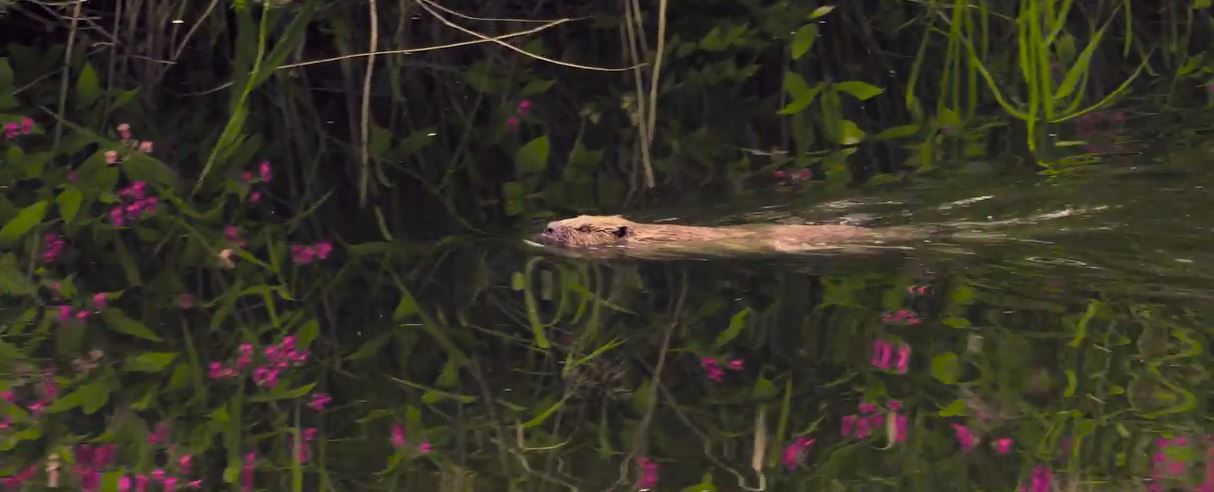How To Get Rid Of Beavers
 How To Get Rid Of Beavers
How To Get Rid Of Beavers
Beavers are the largest rodents on the North American continent. They weigh up to 65 pounds and grow to be two to three feet long, plus a tail that measures anywhere from 12 to 18 inches long. They have waterproof fur, their hind feet are webbed, and their tail is paddle-shaped, all of which makes them suitable to live in the water.
Their main diet consists of leaves, branches, and plants. They are the lumberjacks of the animal world, felling trees to create the dams that are their homes. Their preferred trees are aspen, cottonwood, sweetgum, willow, and pine. They are not wasteful creatures, but use all of the tree, either for food or for building materials.
Problems
The problems that beavers can cause are directly tied to their way of life. They cut down trees and you may not want the trees on your property cut down. If you have a creek or river that flows through your property, chances are a beaver colony may find it and set about building a dam for their home. Not only will they cut down your trees, but the dam they build can cause flooding, both on your property and upstream from the dam. So you would like to get rid of them, but how will you do that? Here are a few ideas.
Prevention
If you don't mind the beavers living on your creek or pond but want to avoid the damage they can do, you can install a tube drainage system that will allow the backed up water to drain away from the area and into the creek downstream from the dam. You can protect your trees by wrapping the trunks of each one you want to preserve with chicken wire. Wrap the trunk up about three feet or so to discourage the beaver from trying to cut it down. Another thing you can do to prevent a beaver from cutting down your trees is to mix some paint with sand and paint the tree trunk up two or three feet.
It is rare that a beaver will come into your yard as they see people as predators and stay away from them. But if you have that problem, a fence will solve it. Fencing your yard will also keep out many other unwanted visitors.
Poison
You should never try to poison a beaver because you can't be certain that the beaver will be the creature to get the poison and you could end up killing an animal that you shouldn't have.
Traps
Trapping is the most effective way to remove beavers from your property. There are lethal traps and non-lethal ones. Before purchasing and setting any lethal traps, check with your wildlife department to find out if it's legal to do so in your area. Laws vary from state to state, so make sure that whatever you do is legal. It's best not to kill the animal if at all possible.
There are several types of non-lethal traps to choose from. When you have made your choice and are ready to set the trap, you need to know where the best place is to set it. Obviously, you will want to set it near the beaver dam. Often, with all the debris and brush around a beaver dam, it can be very hard to get close to the dam. You can choose a place where it appears that they go regularly when they leave the dam. Look for trails, or wood chips left after cutting down a tree, or any other sign that they travel through a certain spot with some regularity.
Because of the difficult terrain that is often close to a beaver dam, set several traps around the area for maximum exposure. Bait the traps with peanut butter, jelly, or fruit to entice the beaver into the trap. As with all live traps, be sure to check your trap at least once a day, if not twice. There is no need to make the beaver suffer any longer than is absolutely necessary. It will be frightened and without food or water, so be humane and check the traps frequently.
When you have successfully captured a beaver or two, you will have to find a place to relocate it. You must take it at least 10 miles from where you captured it and release it in a different water system. Placing it in the same river or creek that you just removed it from won't do you much good. The freed prisoner will make its way back to the same place you just took it from, so be sure to find a different creek, pond, or river in which to release it.
Trapping beavers is a difficult task, so you may prefer to call a wildlife removal specialist, or your local game department to ask for help.
Read the Pest Wildlife Home Page page for helpful information and to learn more about How To Get Rid Of Beavers

